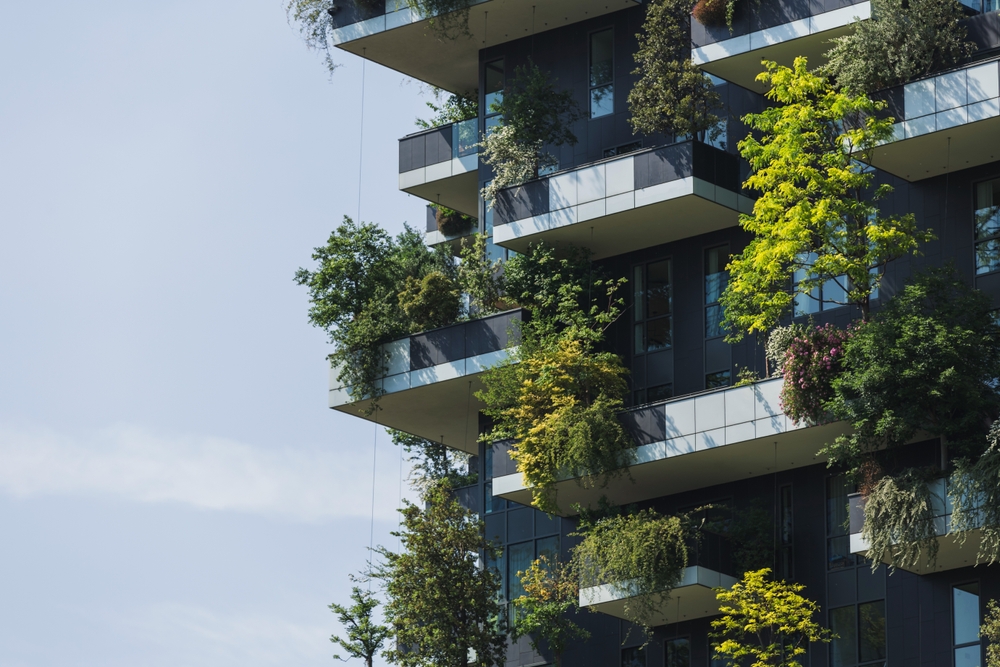Rekindling Our Relationship with Nature: The Health Benefits of Urban Green Spaces
Urbanization is a global phenomenon that has drastically reshaped our lives and environments. Amid skyscrapers and bustling streets, we've lost touch with nature. However, recent research indicates that urban green spaces—parks, community gardens, and even green rooftops—have substantial health benefits. This article delves into the heart of urban greenery, exploring its myriad health advantages and why it matters today more than ever.

In the past few centuries, the world has witnessed unprecedented urban growth. As a result, green spaces have been pushed to the outskirts, replaced by concrete, steel, and glass. Yet, science is now revealing that our health and wellbeing are intricately tied to our connection with nature.
The Healing Power of Urban Green Spaces
Urban green spaces have become a beacon for public health. They offer city dwellers a chance to exercise, socialize, and unwind, thus improving physical health, mental wellbeing, and quality of life.
Moreover, they can mitigate some of the adverse environmental effects of urbanization. For example, trees absorb air pollutants, reducing the risk of respiratory diseases. They also provide shade, lowering urban temperatures and helping combat heat-related illnesses.
However, urban greenery is not just a luxury but a necessity. A growing body of research suggests that contact with nature can lower blood pressure, stress levels, and even reduce obesity rates.
The Psychological Perks of Green Spaces
Beyond the physical benefits, urban green spaces can also improve mental health. Studies have shown that contact with nature improves mood, reduces feelings of stress and anxiety, and increases attention and cognitive function.
In an increasingly digital and fast-paced world, these spaces offer a sanctuary for reflection and relaxation. They can act as an antidote to the chronic stressors of urban life, promoting resilience and overall mental wellbeing.
The Social Dimension of Urban Greenery
Green spaces are more than just lungs for the city; they’re also its beating heart. They foster social connections by providing venues for recreation and community events. This social component is crucial for mental health and a sense of belonging, particularly in densely populated areas.
However, access to green spaces is often uneven, with disadvantaged communities typically having less access. Therefore, ensuring equitable access to urban green spaces is an essential aspect of promoting public health and social justice.
Quick Bites: Health in the Heart of the City
- Urban green spaces offer a chance to exercise, improving physical health.
- Trees absorb air pollutants, reducing the risk of respiratory diseases.
- Green spaces can lower blood pressure, stress levels, and reduce obesity rates.
- Contact with nature improves mood, reduces feelings of stress and anxiety.
- Green spaces foster social connections, promoting mental health and a sense of belonging.
The Future of Urban Health
In the face of escalating urbanization, preserving and enhancing urban green spaces is a public health imperative. These spaces not only contribute to our physical health but also our mental and social wellbeing. As we continue to navigate the challenges of urban living, it’s crucial to rekindle our relationship with nature, recognizing urban green spaces as vital to our health and happiness.
Reimagining our cities with green at their heart is not just a vision for the future—it’s a necessary step towards a healthier and more equitable world.




